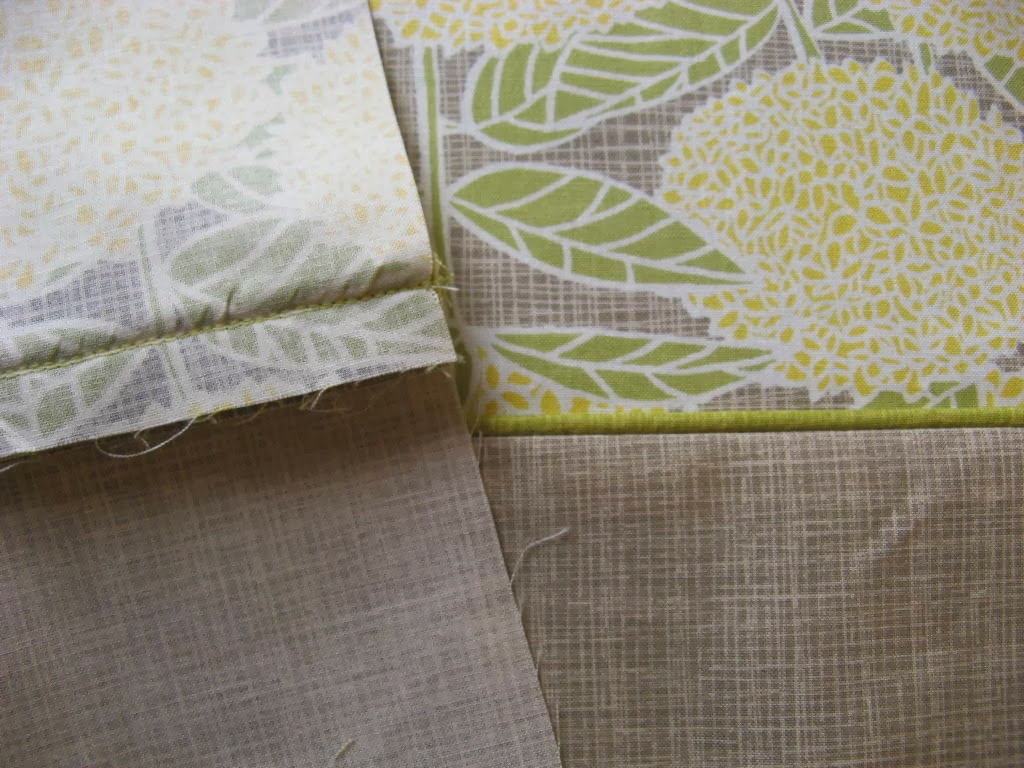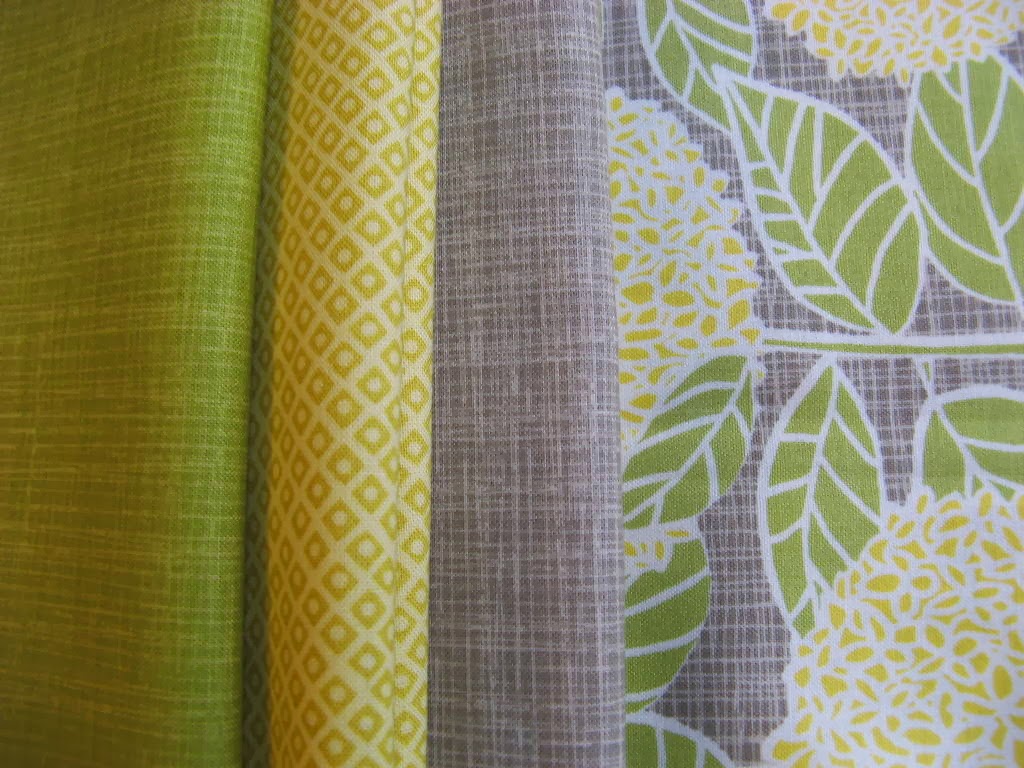However, this same friend is just learning free-motion quilting on a sewing machine and how to applique with fusible web. The other night when my sewing friends over, she had brought a Valentine's Day table runner to share. We always have a bit of "show and tell". She had appliqued the hearts with raw edge straight stitching. The runner was lovely, but she would have preferred a blanket stitch. She asked me what the secret was to going around an applique with a machine blanket stitch. She says that her blanket stitch doesn't look good at all, especially on corners like the point at the bottom of a heart and the "v" point in the center of the top of a heart.
Time for a tutorial. There may be others out there in Quilt-land who have the same issues.
How the Machine Blanket Stitch is Made
First of all, let's take a look at how the stitch is made. There are five motions of the needle for each single stitch forward. These are the steps:
 |
| Five steps on paper and in reality. |
It reminds me of a five count dance step. Forward, back, forward, left, right. One, two three, four, five. Repeat... When I'm applying this stitch I am very aware of which step I'm on at all times.
I would definitely recommend memorizing the steps. Do a bit of practice stitching - very slowly, and count on each step until you are thoroughly familiar with the rhythm and the count.
Now on to stitching a heart. The corners are the tricks. I'm working on one of my "Patched With Love" mug rugs for this.
First: Set your stitch width and length. I like narrow and short for this kind of applique. On my machine the width is set at 2.5 and the length is 2.2.
Second: Insert the needle, pull up the bobbin thread, and begin stitching. The first stitch will be a forward stitch - number one in our dance step count.
As long as you are sewing on a straight line, the main thing you need to do is keep that outside trio of stitches (numbers one, two, and three) right up against the edge of your applique.
I always sew applique stitches very slowly so I can be precise. Rushed stitches don't often turn out well.
This is what your row of stitching will look like from the back.
Outer Corner Turns
Here we are at the corner at the bottom of the heart.
Stop on step three of the dance step with the needle down. In fact, almost every time you want to turn your applique you will need to stop on this step.
Number three - the bottom of the last forward stitch before going left and right is your stopping point!
Now, pivot the fabric.
This turn should line up your row of stitching with the edge of the applique.
Next come steps four and five. Left, right.
Then back to the five count and straight ahead.
The point at the bottom of the heart will be neatly and securely boxed in.
Looks beautiful, doesn't it?
Onward and forward. One, two, three, left, right ...
As you go around the curve at the widest portion of the heart you'll need to adjust your stitching. More on that later.
Inner Corner Turns
Here we are approaching the next tricky corner turn.
Stop with your needle down after the count of - three!
And pivot the fabric.
I lined this up so that the next two stitches, left then right, will go straight into the center of that inner "v".
Left, right, needle down, (4, 5) and pivot the fabric again. This is one of the rare moments when you pivot after the count of five. When the presser foot and direction of your stitching are lined up with the edge of the applique, continue stitching.
Once again, it looks perfect!
Continue on around to the beginning, backstitch, and snip the thread. The blanket stitching around the heart is finished.
Going Around Curves - Inner and Outer
Large, softly rounded curves aren't too difficult, but those tighter curves are the ones that can cause problems.
You expect your blanket stitch to look smooth just like it does when you sew along in a straight line. But instead, you wind up with something that looks more like this.
Hmm... Not exactly what you had in mind.
Why?
The most common mistake is due to stitching too fast and simply turning the fabric as a person would if they were stitching a straight line of stitching. A blanket stitch must be handled differently.
Slow down!
Remember those five steps in the blanket stitch dance? This is just like dancing. If you aren't aware of which step you're on, you wind up stumbling and tripping up your partner.
But why does the stitching look less than wonderful?
The answer goes back to those five steps in the blanket stitch dance.
Stop and Pivot.
Pay attention to the step count. When turning a curve, either an inner or an outer curve, you must stop with the needle down at the end of the third step, lift the presser foot, and pivot the fabric just enough to line everything up again.
Here you see what happens if you forget to stop and pivot on the right step.
If you pivot now to get back on track the forward stitch you just made will dangle out there beside the edge of the applique. If you just try to turn back in you'll have some uneven stitching that isn't tight against the edge for a few stitches.
The time to stop and pivot on either an inner curve or an outer curve, is at the end of step three. This is the step just before the left, right combination that goes in and over the applique.
A sketch might help you see what happens with the pivot and turn on step three.
 |
| Outside Curve Inside Curve |
If you have any questions or any ideas for a future tutorial, please tell me in a comment to this blog post, on my facebook page, or in an email.
Happy stitching, everyone!!
And I have some mug rugs to finish.
 |
| Ooh! Love! |























































